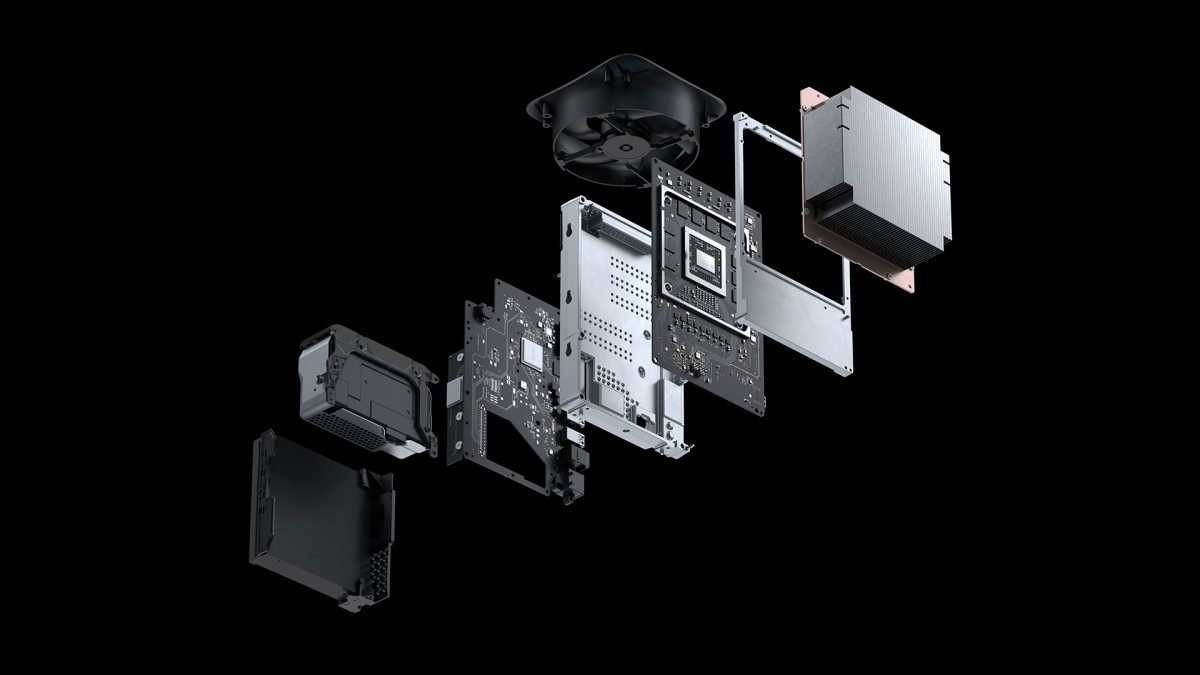Microsoft Xbox Series X will offer better effective I/O throughput than Sony PS5
3 min. read
Updated on
Read our disclosure page to find out how can you help MSPoweruser sustain the editorial team Read more

When Microsoft announced Xbox Series X in March this year, it mentioned that the new Xbox Velocity Architecture tech will bring never-before-seen capabilities to the Xbox Series X console. Xbox Velocity Architecture consists of four components: a custom NVMe SSD, a dedicated hardware decompression block, the all-new DirectStorage API, and Sampler Feedback Streaming (SFS). These components together improve available memory and asset streaming for developers.
Early this week, Microsoft explained these four components in detail. Sampler Feedback Streaming (SFS) is the key component that will allow Xbox Series X to offer better effective I/O throughput than Sony PS5. Find the details below.
Storage specs:
- Xbox Series X will include a 1TB NVME SSD, delivering 2.4 GB/s of raw I/O throughput.
- Sony PS5 will include an 825GB NVME SSD, delivering 5.5GB/s of raw I/O throughput.
As you can see from the numbers above, PS5 SSD is faster than Xbox Series X SSD. There is no question about it. But the efficiency provided by Sampler Feedback Streaming tech will allow game developers to enjoy better I/O throughput on Xbox Series X. Consider a game that wants to load 20GB of data.
- Sony PS5 SSD will take 3.63 seconds to load the data.
- Theoretically, Xbox Series X SSD will take 8.33 seconds to load the same amount of data. But thanks to SFS, entire 20GB data need not be loaded, only 8GB is required. So, Xbox Series X SSD will load the 8GB data in 3.3 seconds.
- Even though Xbox Series X loaded 2.5 times less data when compared to Sony PS5, gamers will have the same visual experience on their screens.
If you want to know about the technical details of Sampler Feedback Streaming, check out the explanation offered by Microsoft below.
Sampler Feedback Streaming is a brand-new innovation built on top of all the other advancements of the Xbox Velocity Architecture. Game textures are optimized at differing levels of detail and resolution, called mipmaps, and can be used during rendering based on how close or far away an object is from the player. As an object moves closer to the player, the resolution of the texture must increase to provide the crisp detail and visuals that gamers expect. However, these larger mipmaps require a significant amount of memory compared to the lower resolution mips that can be used if the object is further away in the scene. Today, developers must load an entire mip level in memory even in cases where they may only sample a very small portion of the overall texture. Through specialized hardware added to the Xbox One X, we were able to analyze texture memory usage by the GPU and we discovered that the GPU often accesses less than 1/3 of the texture data required to be loaded in memory. A single scene often includes thousands of different textures resulting in a significant loss in effective memory and I/O bandwidth utilization due to inefficient usage. With this insight, we were able to create and add new capabilities to the Xbox Series X GPU which enables it to only load the sub portions of a mip level into memory, on demand, just in time for when the GPU requires the data. This innovation results in approximately 2.5x the effective I/O throughput and memory usage above and beyond the raw hardware capabilities on average. SFS provides an effective multiplier on available system memory and I/O bandwidth, resulting in significantly more memory and I/O throughput available to make your game richer and more immersive.
Source: Xbox









User forum
0 messages